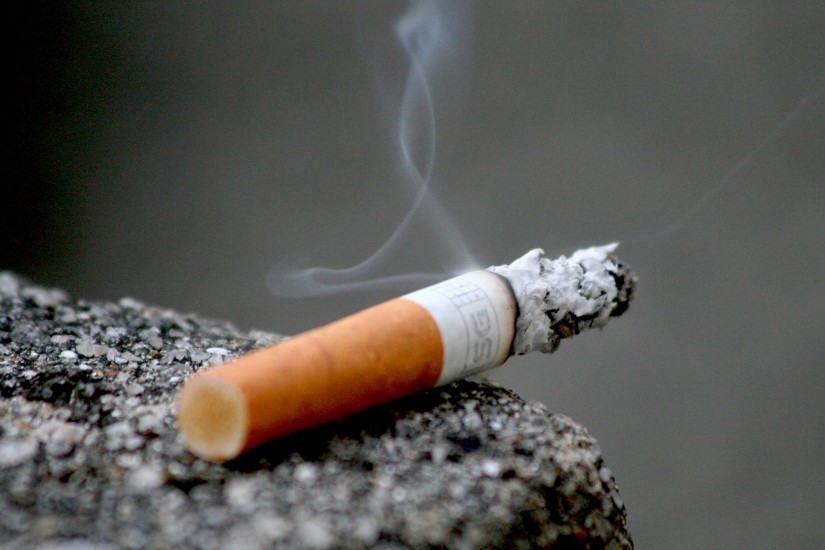At the turn of the twentieth century, cigarettes were still a fairly marginal product, derided by moralists as “little white slavers,” mocked by bigots as the habit of immigrants, and eschewed by many in favor of pipes, cigars, or chewing tobacco. It took the federal government to turn the cigarette into an iconic consumer good: In 1917, Congress appropriated money to put cigarettes in the rations of soldiers preparing to fight in World War I, hoping to distract them from “more serious types of vice.” The cigarette caught on, and tobacco companies embarked on innovative advertising campaigns to ensure that the “valorization of the cigarette at war” could continue at peace. And continue it did: from 1914 to 1920, cigarettes jumped from 7 percent to 20 percent of American tobacco consumption. For the next century, federal intervention would continue to determine the cigarette’s trajectory—for good or very, very bad.
With more demand came more problems. The price of tobacco leaf fell. The farmers who planted and cultivated the flue-cured tobacco used to make cigarettes felt “weak and angry.” Their labors had made a handful of powerful white men exceptionally wealthy, but the farmers (to say nothing of the pickers, who labored under barbaric conditions, and the cigarette rollers, who’d been rendered obsolete by machines) felt exploited and undervalued by the reviled “oligopoly” of R.J. Reynolds, Liggett & Myers, Lorillard, and James B. Duke’s American Tobacco Company.
Drawing on the legacy of populist forbearers, the farmers tried to organize cooperatives so that they could dictate the price of tobacco to the companies. The companies and their allies crushed the cooperatives, through intimidation, litigation, and even outright sabotage. Eventually, salvation came in the form of Franklin D. Roosevelt’s economists, who quickly diagnosed the problem with the tobacco economy: overproduction. “Too much tobacco clogged the throat of commerce.” As part of the New Deal, federal administrators sought to control the economy and eliminate needless competition. To eliminate the overproduction in the tobacco economy, the feds created a program through which they would pay farmers not to grow tobacco, to take fertile farmland out of production so that prices paid for tobacco across the economy would remain high. Farmers who didn’t cooperate would be subject to a hefty tax. The New Deal had “transformed farmers into state administrators.”
World War II was another lucky break. Cigarette companies cannily capitalized on wartime fervor—“Lucky Strike green has gone to war!”—and the prices farmers received rose each year from 1940 to 1946. After the War, the companies dedicated themselves expanding the market for cigarettes across the country and all around the world. They invested in ever more brilliant advertising. “Cigarettes had once been a vice of immigrants and juvenile delinquents,” Milov writes. “But war, advertising, and Hollywood has helped to broaden, professionalize, and glamorize smoking’s appeal.” By 1955, nearly a quarter of American women and more than half of American men were “active smokers.”
